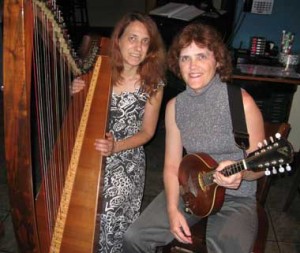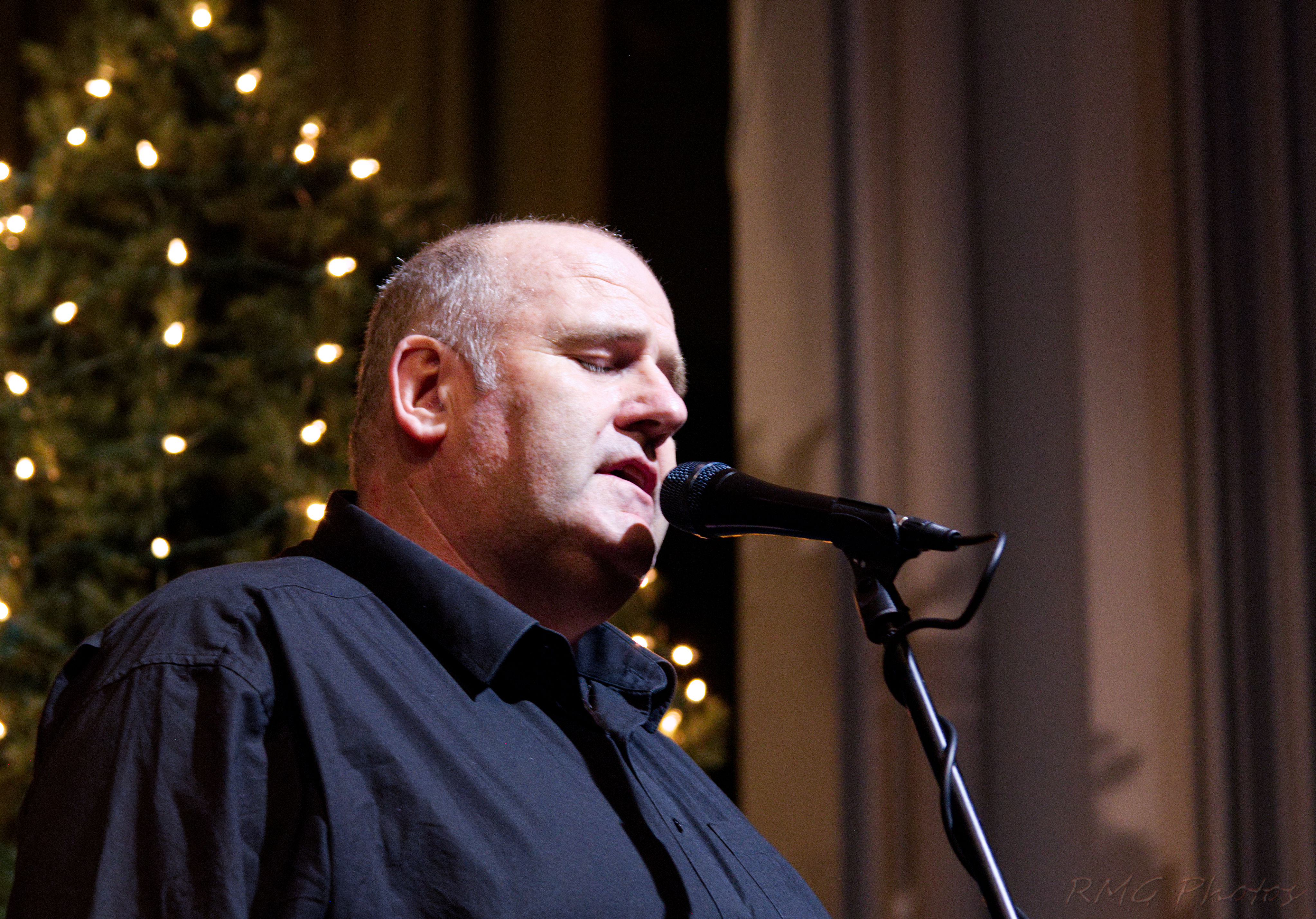Two inseparable passions drive Ellen Tepper—history and harp.
Her interest in the former begins with what she calls her “unusual childhood.” Her father was director of the American International School in Vienna. “We not only read history,” she says. “We saw where it happened. I’ve always been interested in history and finding the true origins of things.”
She recalls visiting ruins and historical sites all over Europe, including, memorably, the castle of Durnstein along the banks of the Danube, where Duke Leopold V of Austria imprisoned Richard the Lionheart in the 12th century.
It was a fertile environment for an imaginative child.
”We had no TV, only books, live music and a few English language records, one of which was the Clancy Brothers and Tommy Makem,” she recalls. “I was a dreamy sort of kid, and we were encouraged to find things out for ourselves… we played Crusaders and Turks instead of Cowboys and Native Americans.”
Her interest in harp comes at about the same time. At eight years old, Tepper started learning classical harp. Though she couldn’t have known it at the time, her curiosity would, marking the beginning of a musical journey that would eventually intersect with her interest in history. She would go on to learn to play Celtic and medieval harps, the Irish wire strung harp, the Italian triple harp, and the Renaissance bray harp. She would also become an historian of the early harp.
We caught up with Ellen and posed five questions for her.
Q. Classical pedal harp and medieval or Celtic style harps seem to spring from different traditions. As someone who is trained in the pedal harp, is it difficult to make the transition to the Celtic harp? What adjustments, if any, do you need to make?
A. The most immediate response would be that you have to get off the printed page. The technique of playing is similar and you have to adjust to the difference in spacing and string tension. I got my first small harp when I was 16 and had begun to play early music then. There was nowhere to study this back then, and I probably played early music with modern harmonic sensibilities. Another difference is the lack of accompaniment for Irish harp music and learning how to make it work in the absence of printed sources. Then there is the ornamentation so important in Irish music, some of which I was able to translate from Baroque music. Playing and learning by ear was another issue. I’ve been blessed with a bardic sort of memory, and this seemed to follow easily, in spite of having been “paper trained”.
Q. How did you learn to play all the different types of traditional harps that you play?
A. In 1989 I attended the Historical Harp Workshop and conference at the Amherst Early Music Festival. There I found 30 other people just like me! I had bought a wire strung harp in 1979 and studied with Ann Heyman that week, learning wire technique with nails and a lot about Irish harp history. It was the beginning of my life as a self-taught musicologist. I read everything I could find about Irish harp, including Edward Bunting’s 99-page preface to his collection “The Ancient Music of Ireland,” which includes the music he collected from all the surviving harp players from 1792 to 1839. Every summer I went back for further study on wire, and then triple strung harp, or Arpa Doppia which opened up another few hundred years of music for me. I practice like a fiend whenever I get a new technique, and also find that by teaching it, I learn it even more thoroughly. I try to find the earliest printed source for music. I am a history nerd.
Q. You are well-versed in the history of the early harp. How did you come by your knowledge? What do people find most interesting or surprising about the tradition?
A. I read. I study, and talk to others doing work in the same field. The tradition itself is a broken one. In antiquity (1000 or so) the harp was an integral part of the clan society’s structure. As the society was destroyed, the harp player’s role merged with those of the clan poet and reciter, which is the beginning of the Itinerant harper tradition. It was made illegal to harbor a harpist beyond the pale, and in 1580 an edict was issued to “hang the harpers wherever found and destroy their instruments”… though the penal laws were relaxed in the 17th century the damage was done to the tradition and we’ll never know what they really played. In modern times, since the 1950s, attempts are being made to restore the traditional approach to the harp.
Q. You’ve been performing with singer Terry Kane as the Jameson Sisters. How did you and Terry Kane hook up?
A. I had heard her name before in various e mail lists about Irish music. We met one night at the Session at the Mermaid Inn, and I accompanied her singing. Afterward, we talked and had a few drinks; Jameson’s was our drink of choice. We swapped CDs and talked about getting together. Almost a year later, Terry saw one of my educational five-minute videos on Mind-TV and called me. We started rehearsals in January of this year.
Q. I think I can guess, but why the Jameson Sisters? Where does that name come from?
A. I was given a “nom de pluck” by my friend Dregs Malarkey (not his real name) one night. He told me I needed an Irish name, and I picked “Maura.” He asked Maura what? And I looked at the bottle of Jameson’s on the table. I told Terry about it and she said she would like to be known as “Lessa.” And so Maura and Lessa Jameson became the Jameson Sisters.
You can hear the Jameson Sisters twice this week: First, at Fonthill Museum in Doylestown at 7 o’clock Tuesday night; and on Thursday night starting at 7 p.m. at the Mount Airy Train Station, 7423 Devon Street. Rain date is Friday night.


